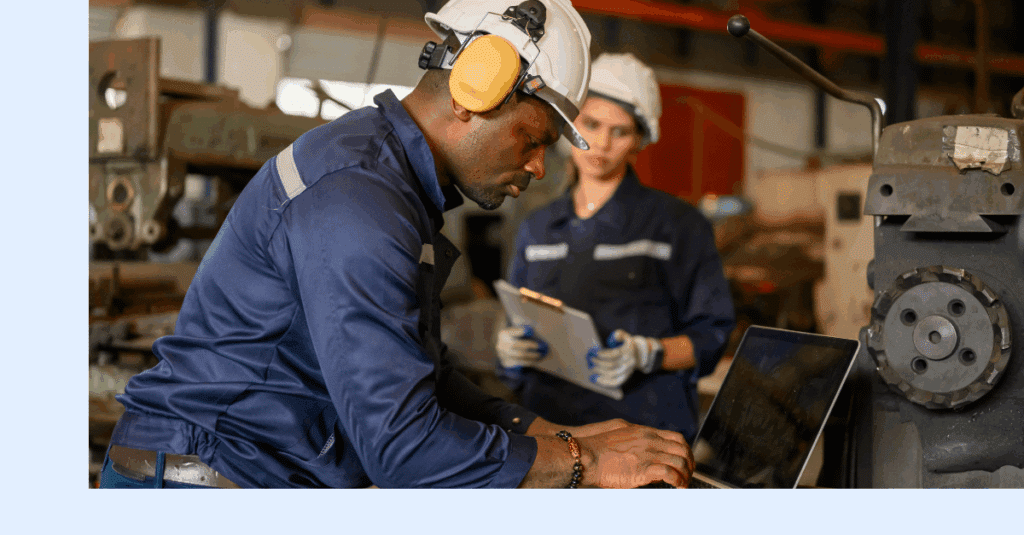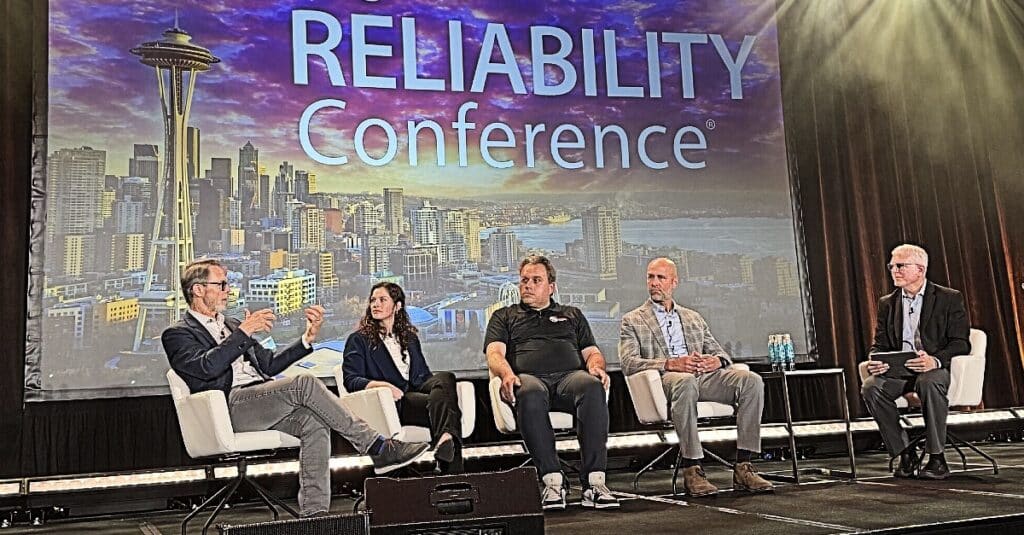
During this season, it’s traditional to look ahead to see what might happen in the coming year. So, we’ve collected some forward-thinking manufacturing-related press that caught our eye. But beware: mere mortals are actually very bad at predicting the future.
Predicting The Future Is For Monkeys
With a new year, news outlets are looking into their crystal balls to see what we can expect in 2022. Unfortunately, the predictions from experts rarely come true. In fact, the book Future Babble: Why Expert Predictions Fail – And Why We Believe Them Anyway famously cited a study that showed such experts were actually less reliable than a bunch of dart-throwing monkeys.
Yet, we still listen to the experts because we are comforted by their confidence. They bring order to the chaos. However we’re likely better off just preparing for an unknowable future – one where we admit that there are simply too many factors at play to make sense of it all. In other words, we need to explore and prepare for a plethora of scenarios based on emerging trends.
Breaking Tech (And Tadpoles)
Anyway, back to the crystal ball: it’s safe to say the new year will see many technological breakthroughs.
For example: “In 2022, batteries will be different because – for the first time – real consideration will be given to alternative chemistries and end-of-life reusability. This will be a turning point for the industry,” according to ‘Batteries Are About to Get Way Greener’.
And here’s a headline we could have never predicted: ‘World’s First Living Robots Can Now Reproduce, Scientists Say’.
“I was astounded by it,” said one of the researchers. “Frogs have a way of reproducing that they normally use but when you … liberate (the cells) from the rest of the embryo and you give them a chance to figure out how to be in a new environment, not only do they figure out a new way to move, but they also figure out apparently a new way to reproduce.”
“Most people think of robots as made of metals and ceramics but it’s not so much what a robot is made from but what it does, which is act on its own on behalf of people,” says one expert.
Planning Ahead
There’s certainly nothing wrong with planning ahead. “By 2025, more than 70 percent of large-scale Chinese enterprises should be digitalized, and more than 500 demonstration manufacturing facilities will be built nationwide,” according to ‘China Unveils 5-Year Plan For Smart Manufacturing Amid Global Race’.
The idea is to stay competitive with countries such as the US, Japan and Germany who also have plans to make manufacturing more intelligent through applying AI, 5G, big data and edge computing.
The plan was unveiled in tandem with two other ambitious five-year plans: one for software and information technology, and another for robotics industry development.
For the latter plan, no mention was made of frog embryo cells.
Leave It To The Professionals
And here’s a prediction we can count on: supply chain woes will stay in the news for 2022.
“Just-in-time shipping is dead. Long live supply chains stress-tested with AI digital twins. By exploring different possible scenarios, companies can identify the balance between efficiency and resiliency that works best for them,” according to ‘How AI Digital Twins Help Weather The World’s Supply Chain Nightmare’.
Apparently, the biggest problems currently faced by businesses is “an inability to forecast events up the chain”. As one expert puts it: “Everyone in the supply-chain world will tell you they don’t have the visibility they need to make decisions.”
Meanwhile, big players like Amazon have that visibility. It’s how they can predict when the stuff you ordered will arrive at your home. And if they get these predictions wrong, they start losing customers. “It takes massive computing power just to show that simple little delivery day,” says an expert. “But people freak the hell out when they don’t get their stuff on time.”
Now every company wants their own crystal ball. For instance, through monkey-see-monkey-do trail-and-error, an AI can test what actions can work in different situations.
“Digital twins have become machines for exploring what-if questions. What if there’s a drought in Taiwan and the water shortage shuts down microchip manufacturing? A digital twin could predict the risk of this happening, trace the impact it would have on your supply chain, and – using reinforcement learning – suggest what actions to take to minimize the harm.”
And the more data these digital twins can take in, the more reliable their predictions and recommendations. “This is where we get into the whole secret of ‘Why is AI smart?’” explains an expert. “It lives more than we do, in these many different worlds, some of which have never existed before.”
That’s why we mere mortals should leave prediction to the professionals: machines.
Read ‘Manufacturing – The News: A Perfect Storm of Perfect Storms’.




